Laundry Soap Vinegar Cleaning
I’ve always loved the feeling of freshly laundered clothes, that crisp, clean scent that speaks of a home well-kept. But what if I told you that achieving that same level of cleanliness could be easier, cheaper, and even better for the environment? That’s the power of laundry soap vinegar cleaning – a simple yet surprisingly effective DIY trick that’s been quietly revolutionizing laundry routines for years.
The use of vinegar in cleaning isn’t a newfangled idea; in fact, it boasts a rich history stretching back centuries. Our grandmothers and even their grandmothers relied on the natural cleaning power of vinegar, utilizing it for everything from preserving food to brightening clothes. It’s a testament to its enduring effectiveness and eco-friendly nature. This time-tested method is experiencing a well-deserved resurgence, and for good reason.
In today’s world, where we’re constantly bombarded with expensive commercial laundry detergents filled with harsh chemicals, finding affordable and environmentally conscious alternatives is crucial. That’s where laundry soap vinegar cleaning comes in. This DIY method not only saves you money on pricey detergents but also reduces your environmental impact by eliminating the need for those potentially harmful chemicals. You’ll be amazed at how effectively vinegar can tackle dirt and grime, leaving your clothes smelling fresh and clean without the need for strong artificial fragrances.
This article will guide you through the simple steps of incorporating vinegar into your laundry routine, offering tips and tricks to maximize its cleaning power. We’ll explore different methods, address common concerns, and help you discover the joy of a cleaner, greener, and more budget-friendly laundry day. Get ready to embrace the power of laundry soap vinegar cleaning and experience the difference!
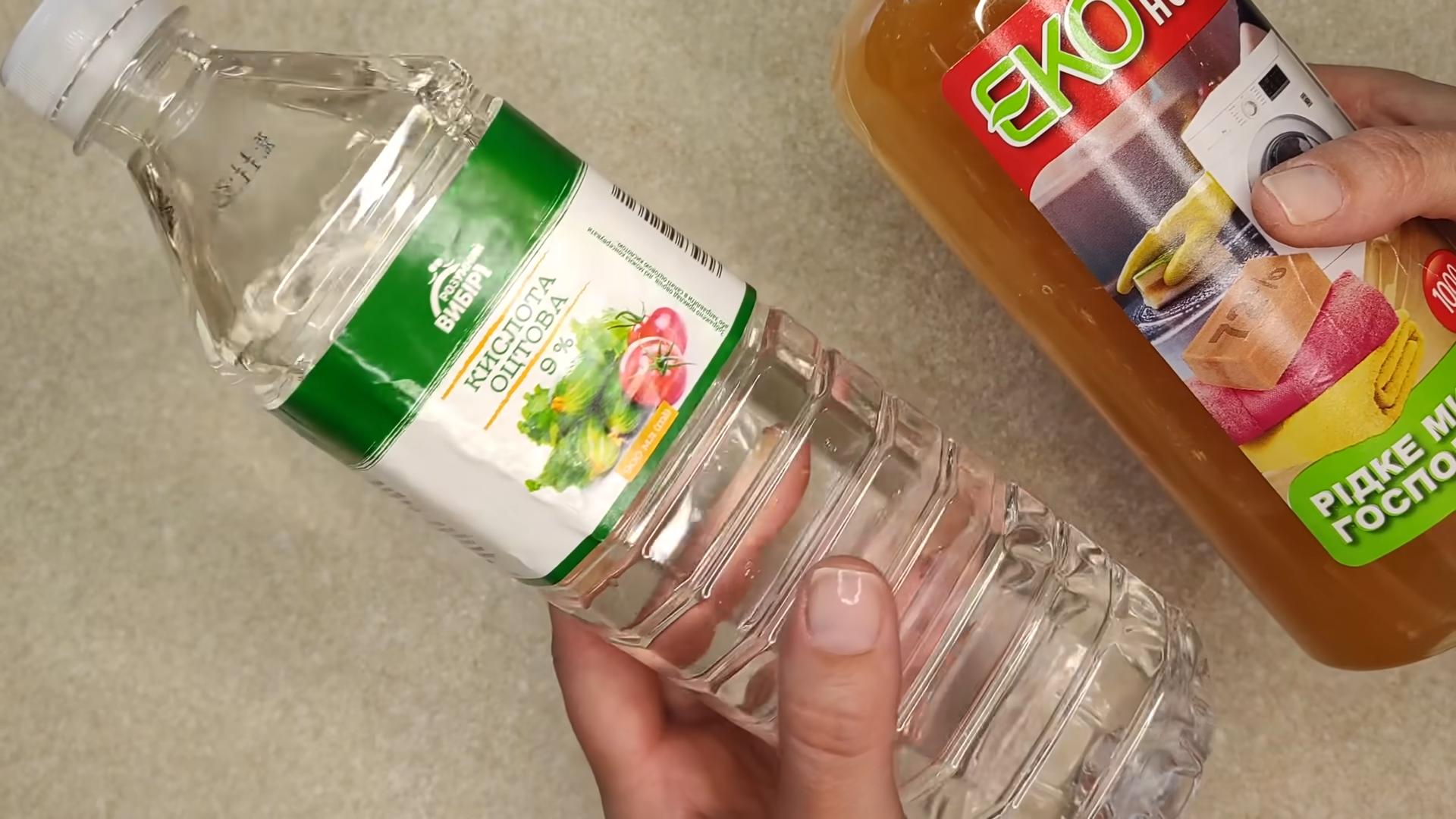
DIY Laundry Soap with Vinegar Power: A Deep Clean for Less
I’ve always been a fan of DIY projects, especially when it comes to saving money and reducing waste. Making your own laundry soap is incredibly satisfying, and adding vinegar boosts its cleaning power even further! This guide will walk you through the process, step-by-step. Get ready to experience sparkling clean clothes and a lighter wallet!
Gathering Your Supplies
- Bar Soap: I prefer Fels-Naptha, but you can experiment with other pure, unscented bars. Avoid soaps with added moisturizers or perfumes.
- Washing Soda: This is different from baking soda! Make sure you get washing soda (sodium carbonate).
- Borax: A natural cleaning booster.
- White Vinegar: Distilled white vinegar works best.
- Large Pot: Something big enough to comfortably hold several quarts of water.
- Grater: To grate the bar soap.
- Whisk or Spoon: For stirring.
- Airtight Containers: For storing your finished laundry soap.
- Measuring Cups and Spoons: For accurate measurements.
Step-by-Step Instructions: Making the Laundry Soap
- Grate the Soap: Using your grater, shred the entire bar of soap into fine shavings. The finer the shavings, the easier they’ll dissolve. This is a bit of arm work, but it’s worth it!
- Boil the Water: Fill your large pot with about 2 quarts of water and bring it to a rolling boil on the stovetop. Safety first – always use caution when working with boiling water.
- Add the Soap Shavings: Slowly add the grated soap shavings to the boiling water, stirring constantly with your whisk or spoon. This prevents clumping and ensures even melting.
- Stir Until Dissolved: Continue stirring until all the soap shavings have completely dissolved and you have a smooth, somewhat thick liquid. This might take 10-15 minutes, depending on your stove and the type of soap you’re using. Don’t rush this step!
- Remove from Heat: Once the soap is completely dissolved, remove the pot from the heat and let it cool slightly.
- Add Washing Soda and Borax: Carefully add 1 cup of washing soda and 1 cup of borax to the cooled soap mixture. Stir thoroughly until both are completely dissolved. Be sure to add these ingredients slowly to avoid splashing.
- Cool and Store: Allow the mixture to cool completely. Once cooled, pour the laundry soap into your airtight containers. I like to label mine with the date to keep track.
Using Your Homemade Laundry Soap
- Measuring: For a standard top-loading washing machine, use about 1/4 cup of the soap mixture per load. For high-efficiency (HE) machines, use about 1-2 tablespoons. You might need to adjust the amount depending on your machine and the size of your load.
- Adding Vinegar: This is where the vinegar magic happens! Add 1/2 cup of white vinegar to the fabric softener dispenser of your washing machine. The vinegar acts as a natural fabric softener, helps to remove lingering soap residue, and brightens your clothes.
- Adjustments: You might need to experiment a bit to find the perfect amount of soap and vinegar for your washing machine and water hardness. If your clothes still feel stiff after washing, try adding a bit more vinegar. If they feel too soapy, reduce the amount of soap mixture.
- Pre-treating Stains: For tough stains, you can pre-treat your clothes with a paste made from a small amount of your homemade laundry soap and water. Apply the paste to the stain, let it sit for a few minutes, and then wash as usual.
Troubleshooting Common Issues
Soap Doesn’t Dissolve Completely
If your soap doesn’t fully dissolve, you might need to use more water or grate the soap into even finer shavings. You can also try using a double boiler to melt the soap more gently.
Clothes Feel Stiff
If your clothes feel stiff after washing, you might be using too much soap. Try reducing the amount of soap mixture you use per load. Adding more vinegar can also help to soften the clothes and remove any soap residue.
Clothes Don’t Smell Fresh
The beauty of this recipe is its simplicity – no added fragrances! If you prefer a scented laundry soap, you can add a few drops of your favorite essential oil to the soap mixture after it has cooled. However, be mindful that essential oils can sometimes stain fabrics, so test a small amount first.
My Water is Very Hard
Hard water can make it more challenging to get clothes truly clean. If you have very hard water, you may need to increase the amount of washing soda and borax slightly. You can also consider using a water softener.
Tips for Success
- Always use caution when working with boiling water.
- Store your homemade laundry soap in an airtight container to prevent it from drying out.
- Experiment with different types of bar soap to find your favorite.
- Don’t be afraid to adjust the recipe to suit your needs and preferences.
- Enjoy the satisfaction of making your own laundry soap and saving money!
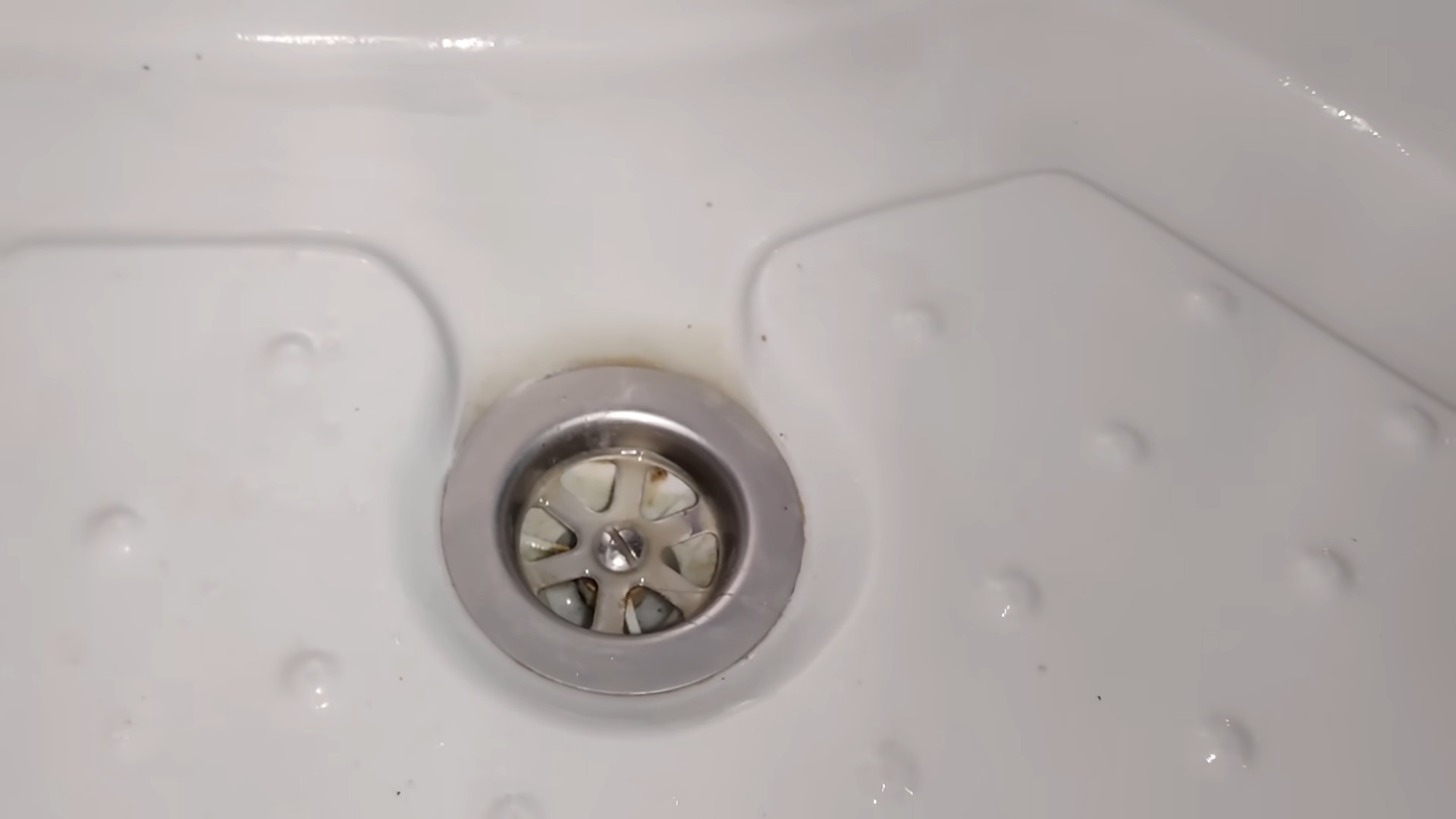
Conclusion
Making your own laundry soap with vinegar is a game-changer, offering a powerful cleaning solution that’s gentle on clothes, kind to your wallet, and environmentally friendly. This Laundry Soap Vinegar Cleaning method isn’t just a cost-effective alternative; it’s a superior way to tackle tough stains and leave your clothes smelling fresh and clean. You’ll be amazed at how effectively this simple DIY recipe cuts through grease, grime, and even stubborn odors, all while avoiding harsh chemicals found in commercial detergents. The natural cleaning power of vinegar, combined with the sudsy action of your chosen soap base, creates a truly remarkable laundry experience. You’ll not only save money but also contribute to a healthier home and planet.
Beyond the basic recipe, the possibilities for customization are endless. Experiment with different essential oils to personalize the scent of your laundry. Lavender for a calming aroma, lemon for a bright and refreshing fragrance, or even a blend of your favorite scents – the choice is yours! For those with sensitive skin, consider using a fragrance-free soap base and opting for a simple vinegar rinse. If you prefer a thicker, more concentrated solution, you can adjust the ratios of ingredients to achieve your desired consistency. Don’t be afraid to get creative and find the perfect formula that suits your needs and preferences. This Laundry Soap Vinegar Cleaning method is incredibly versatile and adaptable.
We strongly encourage you to try this DIY laundry soap recipe and experience the difference for yourself. The satisfaction of creating a powerful, effective, and eco-friendly cleaning solution is incredibly rewarding. Share your results with us! We’d love to hear about your experiences, any modifications you made, and your favorite scent combinations. Post your pictures and feedback on social media using #LaundrySoapVinegarCleaning – let’s build a community of DIY laundry enthusiasts together. Join the movement towards cleaner clothes, a cleaner conscience, and a cleaner planet, one load of laundry at a time.
This Laundry Soap Vinegar Cleaning method is more than just a recipe; it’s a commitment to a healthier and more sustainable lifestyle. It’s a simple yet impactful change you can make in your daily routine that will have a positive effect on your budget, your health, and the environment. So, gather your ingredients, follow the recipe, and prepare to be amazed by the results. You won’t regret making the switch!
Frequently Asked Questions
What type of vinegar should I use?
White distilled vinegar is the best choice for this recipe. It’s readily available, inexpensive, and doesn’t contain any added colors or fragrances that could potentially stain your clothes or interfere with the cleaning process. Avoid using flavored vinegars, as they may leave behind unwanted scents or residues.
Can I use this recipe for all types of fabrics?
While this recipe is generally safe for most fabrics, it’s always a good idea to test a small, inconspicuous area of your garment before washing the entire item. This is especially important for delicate fabrics like silk or wool. For heavily soiled items or delicate fabrics, you might consider pre-treating stains before washing.
How do I store my homemade laundry soap?
Store your homemade laundry soap in an airtight container in a cool, dry place. This will help to prevent it from spoiling or becoming diluted. A glass jar or a plastic container with a tight-fitting lid works well. Proper storage will ensure your laundry soap remains effective for an extended period.
Is this laundry soap safe for high-efficiency washing machines?
Yes, this recipe is generally safe for high-efficiency (HE) washing machines. However, it’s crucial to use the correct amount of laundry soap. Using too much can lead to excessive suds, which can damage your HE machine. Start with a smaller amount than you would with a conventional detergent and adjust as needed.
What if my clothes don’t smell completely fresh after washing?
If your clothes don’t smell completely fresh after washing, you can try adding a few drops of your favorite essential oil to the rinse cycle. Alternatively, you can add a cup of baking soda to the wash cycle to help neutralize odors. Ensure your washing machine is clean and free of any lingering odors as well.
Can I use this recipe for hand washing clothes?
Yes, you can absolutely use this recipe for hand washing clothes. Simply mix a small amount of the laundry soap with water and gently agitate your garments. Rinse thoroughly with clean water and air dry. This method is particularly gentle on delicate fabrics.
What if I don’t have a soap base? Can I use something else?
While a soap base is ideal for creating a sudsy and effective laundry soap, you can experiment with other options. Some people have success using grated bar soap, but the results may vary depending on the type of soap used. It’s important to note that using bar soap might require adjustments to the recipe’s ratios.
How long does homemade laundry soap last?
Properly stored homemade laundry soap can last for several months. However, it’s always a good idea to check for any signs of spoilage, such as mold or an unusual odor, before using it. If you notice anything unusual, discard the soap and make a fresh batch.
Is this Laundry Soap Vinegar Cleaning method better than commercial detergents?
The effectiveness of this Laundry Soap Vinegar Cleaning method compared to commercial detergents depends on several factors, including the type of detergent, the fabric, and the level of soiling. However, many users find that this DIY method is just as effective, if not more so, at cleaning clothes while being gentler on fabrics and the environment. The absence of harsh chemicals is a significant advantage for many.

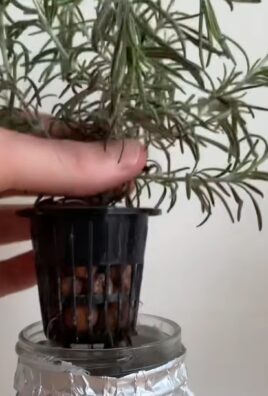
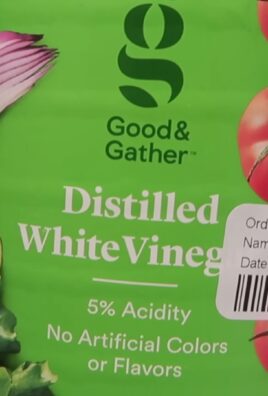
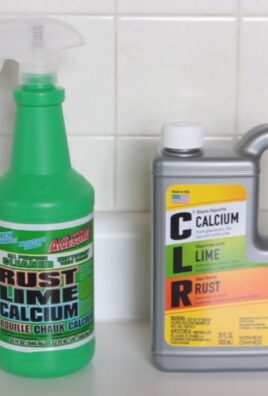
Leave a Comment